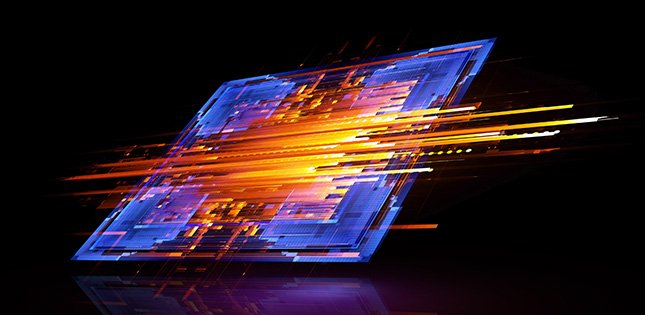
An international research team has achieved an important milestone in the quest for high density, low-power consuming nonvolatile magnetic memory.
"We established a new method to enable magnetization reversal on perpendicularly magnetized ferromagnets - without the need for an external magnetic field," said Makoto Kohda, co-author of the study and professor at Tohoku University's Graduate School of Engineering.
Spintronic devices optimize the intrinsic spin of electrons and their associated magnetic movement. With society needing better performing electronics with less power consumption, spintronics will play a large part in next-generation nanoelectronic devices.
A spin current converted from a charge current creates a spin-orbit torque (SOT) on ferromagnets, enabling electrical control of the magnetization. Currently, this is done unidirectionaly and external magnetic fields must be used to switch perpendicular magnetized ferromagnets. So-called field free switching, along with diminished current density for reduced energy consumption, is essential for commercial viability.
Kohda and his team comprised Professor Emeritus Junsaku Nitta from Tohoku University's Graduate School of Engineering and colleagues from the Korea Advanced Institute of Science and Technology (KAIST), such as researcher Jeonchun Ryu, professor Byong-Guk Park and professor Kyung-Jin Lee.
They harnessed spin generated in all directions to create field free switching using polycrystalline CoFeB/Ti/CoFeB - crucial because this material is already employed in the mass production of spintronic devices. Furthermore, the new method brought about a 30% lower current density than existing spin current based magnetization reversal.

A new structure for magnetization switching with epitaxial Cobalt / non-magnetic layer / perpendicularly magnetized ferromagnetic layer.The bottom cobalt layer is epitaxially grown on the substrate with strong magnetic anisotropy, enabling us to independently control the top and bottom magnetic layers. ©Jeongchun Ryu
"International collaboration is the key for demonstrating next-generation technology in nonvolatile memory. The next step for us will be to apply this principle to spintronic devices' mass production to help usher in the power-saving technology required for IoT and AI," added Kohda.
The team's results were published in the journal Nature Electronics on April 7, 2022.